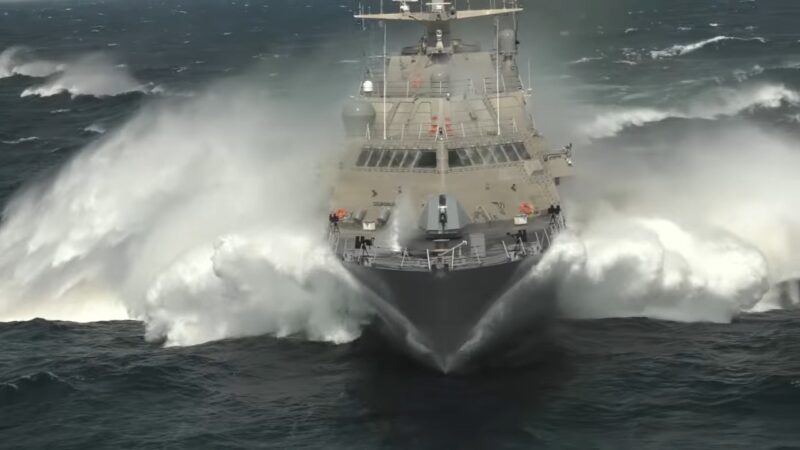If you’re here, im sure you’ve pondered the term “flank speed”. But what does it mean?
This nautical term plays a significant role in various industries. From naval operations to pop culture, understanding flank speed gives us a glimpse into the world of maximum velocity and its importance.
Fun Fact: The term “flank speed” is uniquely American and is not commonly used in Commonwealth navies.
Defining The Term
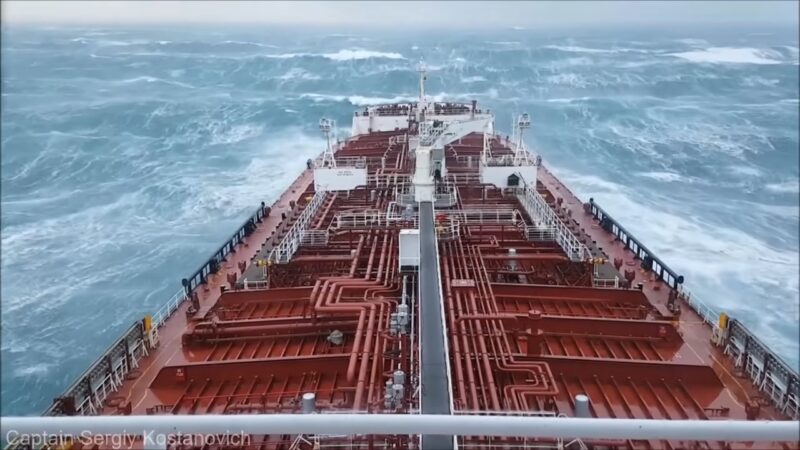
Alright, let’s break it down. Flank speed refers to a ship’s true maximum velocity. However, it’s not the same as saying “full speed ahead.” Typically, ships use flank speed when they’re in immediate danger, like when they’re under attack by aircraft.
But here’s the catch: maintaining this velocity can be quite demanding on fuel and might not be sustainable due to propulsion system limitations. So, while it’s the fastest a ship can go, it’s not something they can keep up for extended periods.
Pro Tip: Flank speed isn’t just about going fast; it’s about reaching that velocity in the shortest possible time, especially during emergencies.
Terminology in Naval Operations
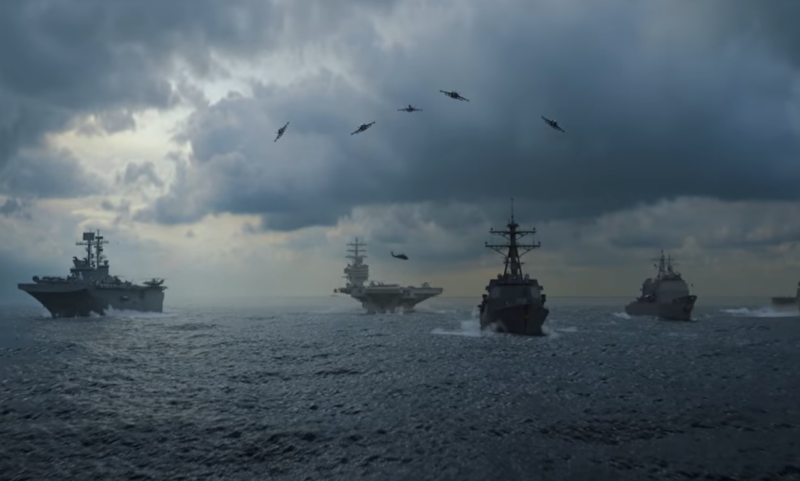
In the realm of naval strategies and warfare, flank speed is a game-changer. Imagine a ship suddenly finding itself in the crosshairs of an enemy aircraft. The ability to kick into maximum velocity can be the difference between evading danger or facing dire consequences.
Historically, naval vessels would use flank speed to maneuver around the sides or “flanks” of an adversary, targeting their vulnerable spots. It’s a tactical move, one that requires precision, timing, and a whole lot of power.
Fun Fact: The term’s origin is believed to come from the strategy of trying to get around the “flanks” of another vessel.
Engineering Marvels
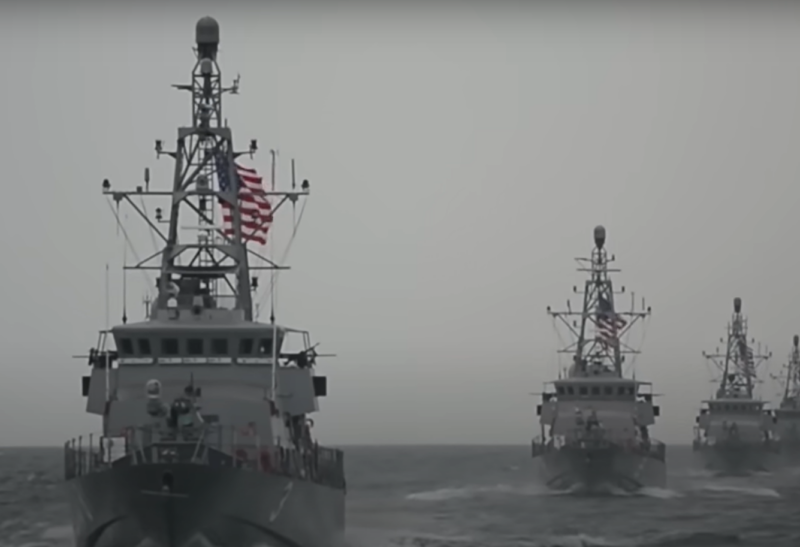
Now, you might be wondering, how do ships achieve such incredible velocities? Enter the world of engineering and technology. Over the years, advancements in marine propulsion have allowed ships to reach and maintain flank speed more efficiently.
For instance, in surface ship nuclear marine propulsion, the difference between full speed and flank speed becomes less significant. Why? Because these vessels can run at or very near their maximum velocity for extended periods without worrying too much about fuel. This is a stark contrast to oil-fueled ships, where fuel consumption is a major concern.
Pro Tip: If you ever get a chance, check out nuclear-powered aircraft carriers. Their velocity capabilities are truly a testament to engineering prowess.
Terminology in Aviation and Automotive

In the skies and on the roads, the concept of maximum velocity takes on a different flavor. In aviation, while the term “flank speed” isn’t directly used, the idea of pushing an aircraft to its limits is ever-present. Pilots, especially in fighter jets, often push their machines to the edge, achieving velocities that defy imagination.
On the asphalt, the automotive industry’s race to create the fastest cars often mirrors the naval world’s flank speed. Supercars and hypercars, with their aerodynamic designs and powerful engines, strive to break speed records, showcasing engineering feats and the relentless human spirit.
Fun Fact: The Bugatti Veyron Super Sport, a marvel in the automotive world, once held the title for the world’s fastest street-legal production car.
Safety and Risk Management
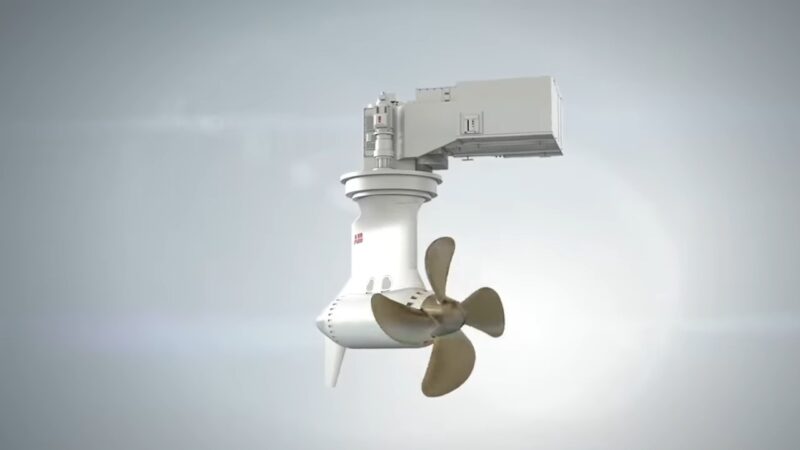
With great velocity comes great responsibility. Whether on water, in the air, or on land, achieving maximum velocity poses risks.
- In naval operations, pushing a ship to its flank speed can strain the propulsion system.
- In aviation, flying at top velocities requires impeccable skill to maintain control.
- And on the road, driving at extreme velocity demands undivided attention and a deep understanding of the vehicle’s capabilities.
Safety measures are paramount. Engineers design failsafes, pilots undergo rigorous training, and drivers are educated about the risks of high-speed driving.
Pro Tip: Always remember, velocity is thrilling, but safety should never take a backseat.
Terminology Uses in Pop Culture

The allure of velocity isn’t just confined to real-world applications; it has found its way into our movies, books, and songs. From the “Fast and Furious” franchise showcasing high-octane car races to Tom Cruise’s iconic flybys in “Top Gun,” the need for velocity is a recurring theme that resonates with audiences worldwide.
Fun Fact: Did you know that the famous line “I feel the need… the need for speed!” from the movie “Top Gun” has become one of the most quoted lines in film history?
FAQ
How does flank speed differ from cruising speed?
Cruising is optimal for fuel efficiency and travel, while flank speed is the absolute maximum velocity.
Are there any environmental concerns associated with operating at flank speed?
Yes, operating at flank speed can lead to increased fuel consumption and potential environmental pollution.
How do naval crews train for operations at flank speed?
Crews undergo specialized training, including simulations and drills, to prepare for scenarios requiring flank speed.
Is there a similar term to “flank speed” in the world of trains or public transportation?
In trains, the equivalent might be “full throttle” or “maximum allowable speed,” depending on safety regulations and track conditions.
How does the design of a ship influence its potential flank speed?
The ship’s hull shape, weight distribution, and propulsion system all play crucial roles in determining its maximum flank speed.
Are there specific weather conditions that can affect a vessel’s ability to achieve flank speed?
Yes, rough seas, strong headwinds, or turbulent water conditions can hinder a ship’s ability to reach and maintain flank speed.
Wrapping It Up
From the vast oceans to the open roads and the limitless skies, the quest for maximum velocity, or flank speed, showcases humanity’s desire to push boundaries. It’s a testament to our spirit, our innovations, and our relentless pursuit of excellence.
Whether you’re a sailor, a pilot, a driver, or just someone who enjoys a good speed-centric movie, there’s no denying the allure and significance of flank speed. So, the next time you hear a roaring engine or witness a ship cutting through waves, take a moment to appreciate the marvel that is flank speed. Safe travels!
